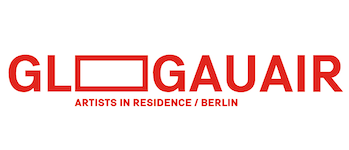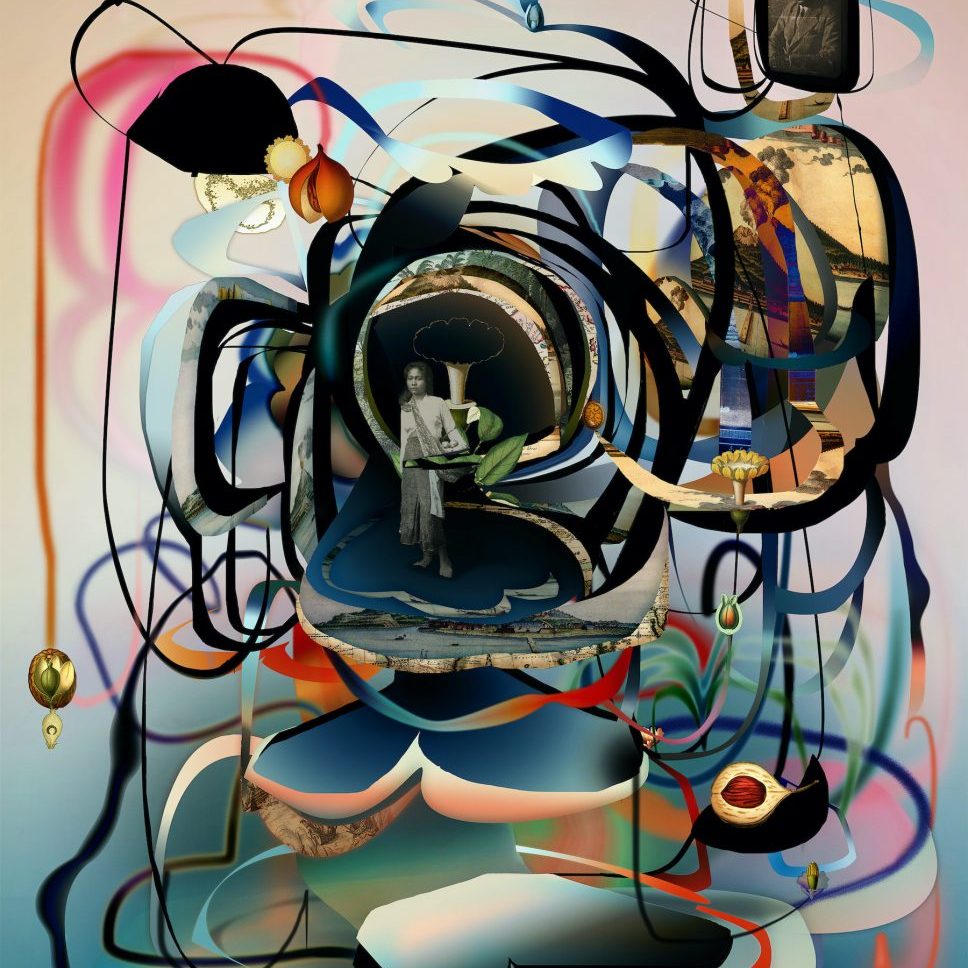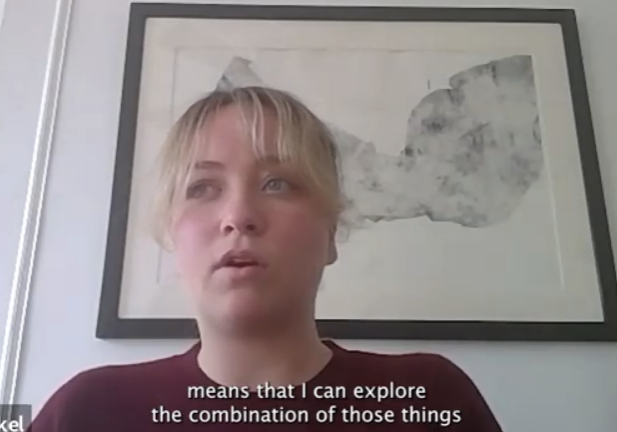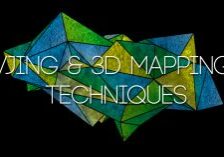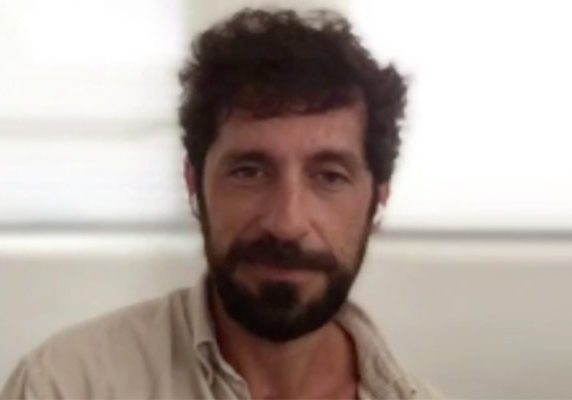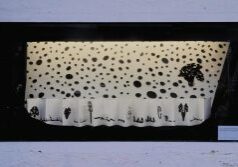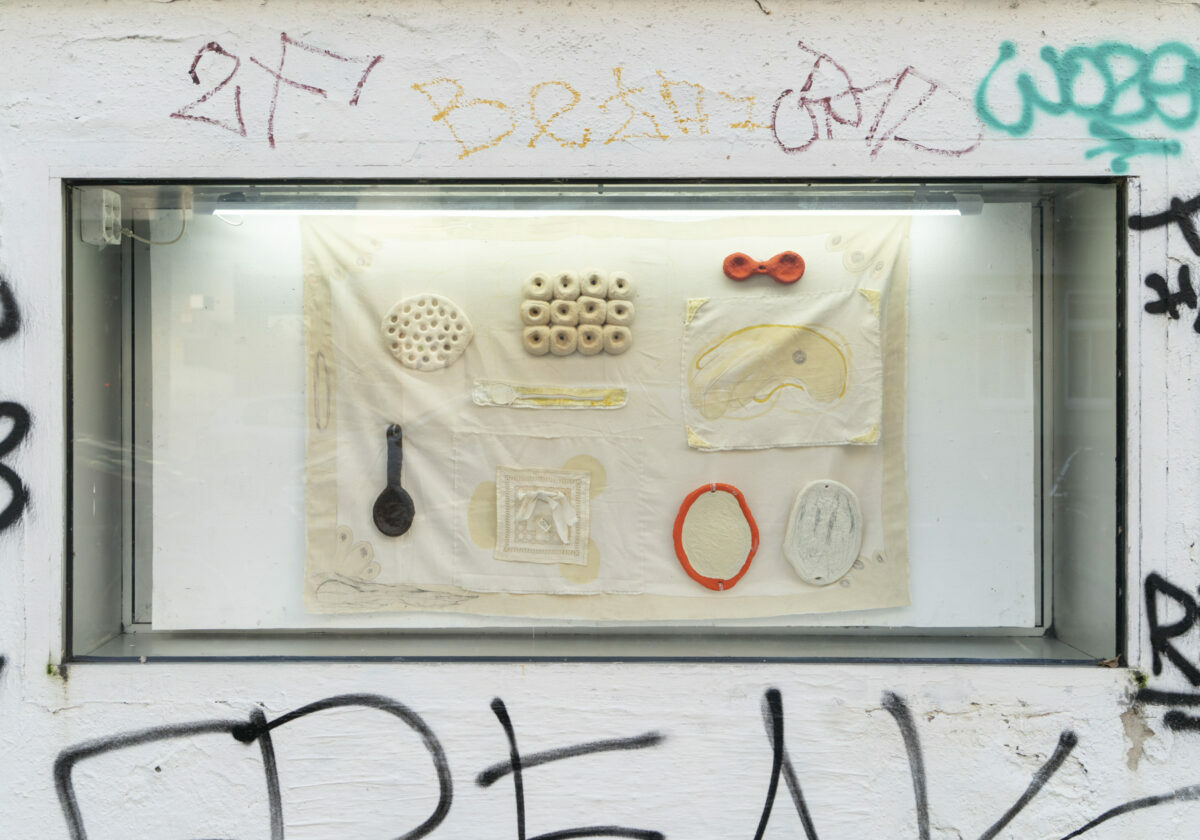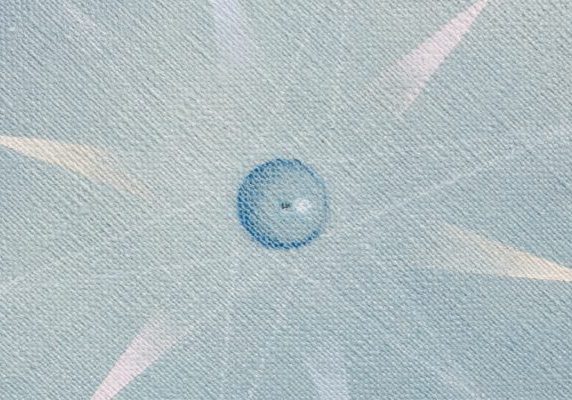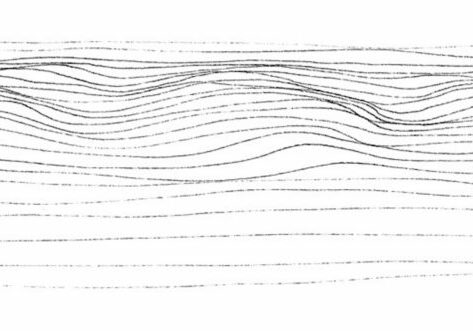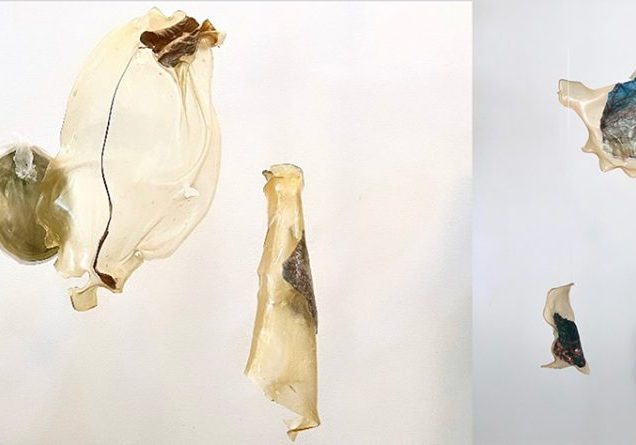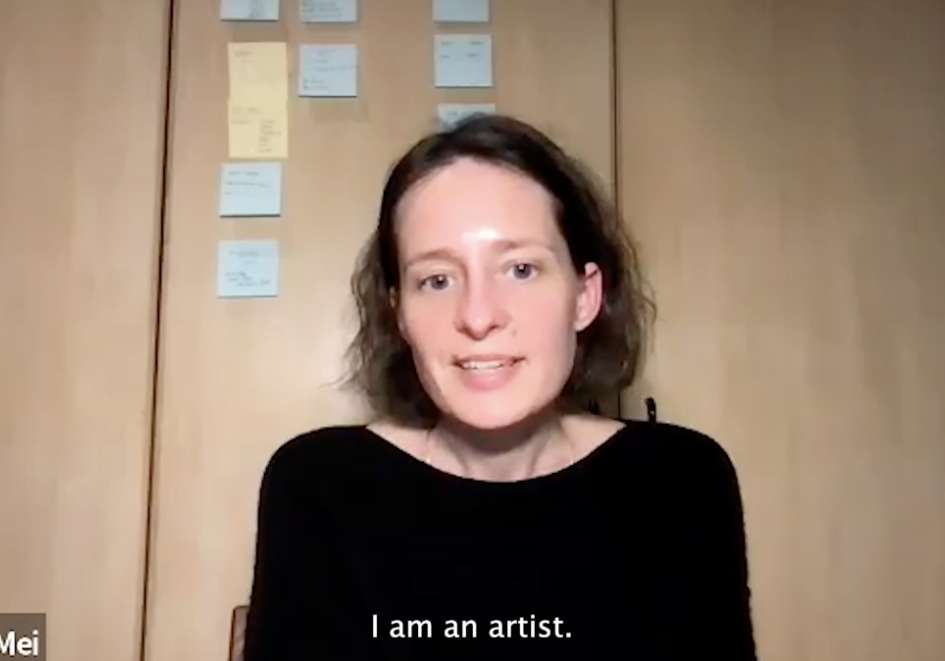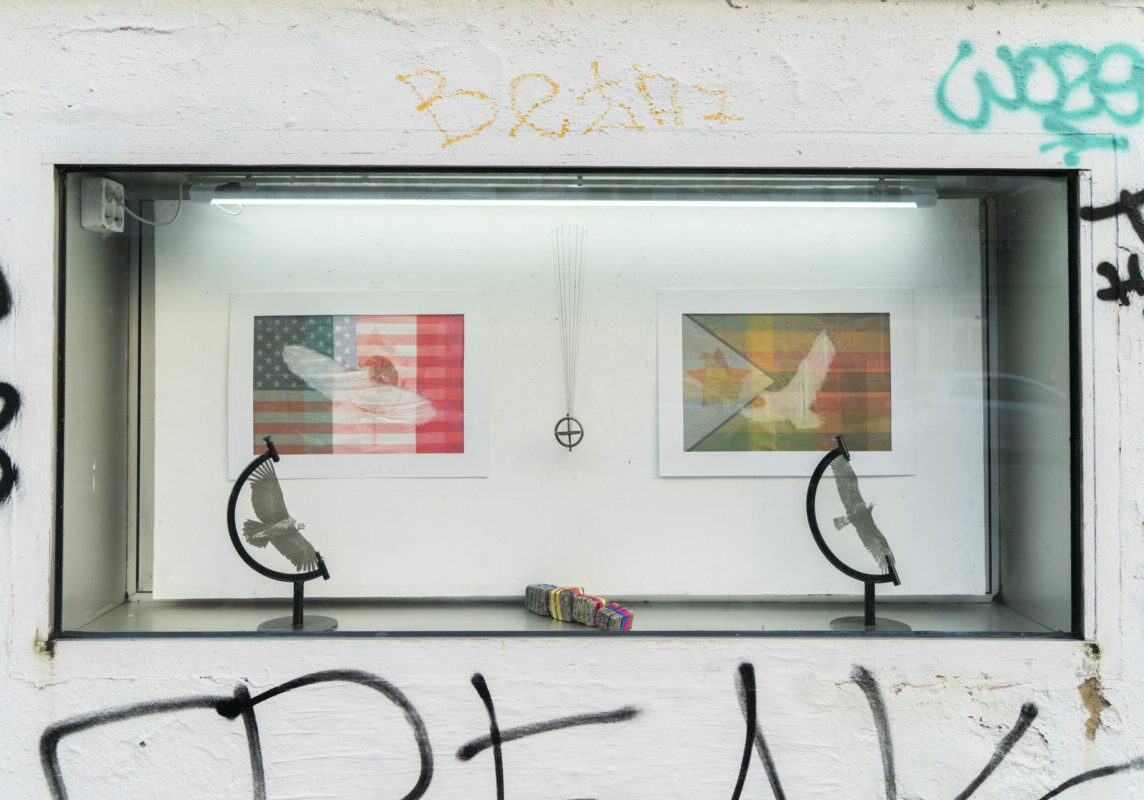Meet the Artist // Natasha Lubis
Natasha Lubis is an Indonesian artist whose work explores internalized archetypes through feminine representation and iconography, interweaving historical narratives, popular culture, and psychological influences. She examines how visual constructs are shaped by sociohistorical contexts while engaging with inner emotional experience. Informed by formative embodied memory and the concept of the collective unconscious, her practice investigates the emotional terrain of identity and subjectivity. She is particularly interested in notions of façade and artifice, the dynamics of veiling and unveiling, the visage, and the mask, as means of both concealing and constructing feminine identity.
Could you tell me about your background and the project you are proposing for this three-month residency at GlogauAIR?
I’ve been practicing art for about ten years, with some gaps along the way. I studied in London before returning to my home country, Indonesia. In its early years, my practice was strongly shaped by the Western canon—both through my studies and early influences. As a teenager, I was particularly inspired by psychedelic culture and the Western counterculture era. These influences remain present in my work, whether in my color palette or my taste for unusual aesthetics. However, since 2016, I’ve been consciously weaving my heritage into my practice, initially as a way to reconnect with my cultural and ancestral roots.
In my current project, I’m building on the explorations of the past decade. During my time at GlogauAIR, I’m working more introspectively, a shift that began before the pandemic and has stayed with me. I’m exploring early sources of inspiration, such as my childhood and the storybooks I grew up with, alongside a collection of archival images I’ve gathered. Since 2019, I’ve been combining archival images with personal drawings and materials, weaving together my own history with myth, folklore, and archetypal motifs. I try to bring these elements closer to myself, creating works that navigate tensions between history and imagination, the collective and the personal, balancing harmony with an undercurrent of unease.
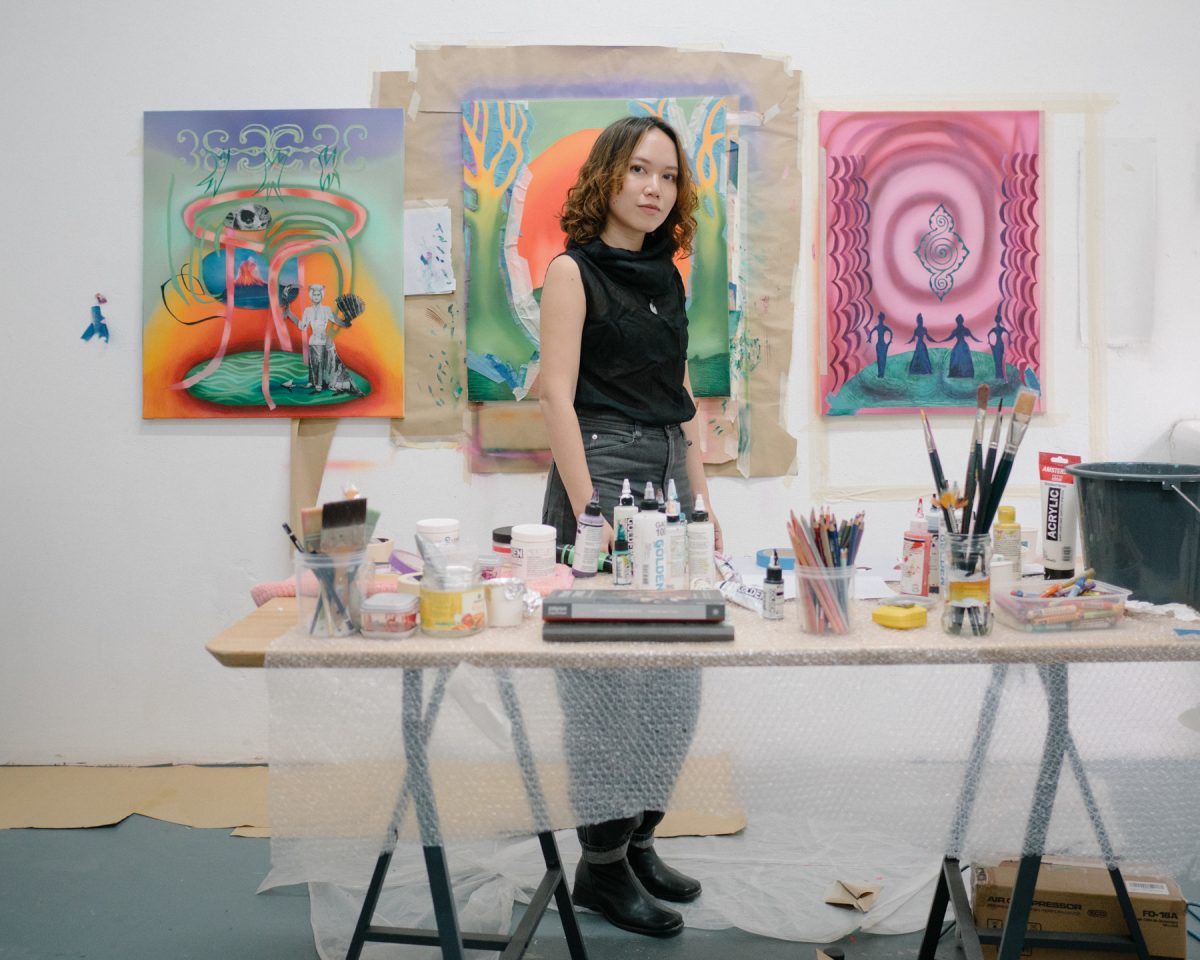
Could you share more about the themes you explore in your work and what motivates you to explore these subjects?
I’ve always leaned towards figuration, specifically feminine figuration, even before understanding its deeper meaning. Over time, I’ve honed my intuition in selecting images, letting it guide my process before seeking meaning. The feminist dimension of my practice feels inherent, as engaging with iconic feminine imagery naturally raises questions of representation, power, and agency.
When collecting these feminine colonial images from my country, I try to reimagine new meanings for them. They come from the colonial era, late 1800s to early 1900s, and today they’re often reused for tourism and souvenirs. I feel that my background allows me to play with them in a thoughtful way. I’m drawn to how colonial images of Indonesian women have shaped cultural memory in ways that still reverberate today.
I’m also inspired by Carl Jung’s idea of the collective unconscious—how we carry certain symbols and images within us unconsciously, almost like preferences, and how we assign meanings to them just as instinctively. This really resonates with how I approach my work. I’m often drawn to particular figures without knowing exactly why, and only later do I start to reflect on them. That later contemplation feels important; it often brings unexpected clarity and insight into my process.
Another recurring intuitive element in my work is my use of color: strong, vivid, and artificial-looking tones. I think this comes from my early inspiration and interest in psychedelics and counterculture. At some point I also explored the history of these colors in art, they’re often associated with lowbrow culture, not typically with fine art. They symbolize intoxication and carry a more sinister meaning. These associations only reinforce my playful process and add a poetic layer to it, since I’m very drawn to strangeness and oddity, they reflect that enduring interest of mine.
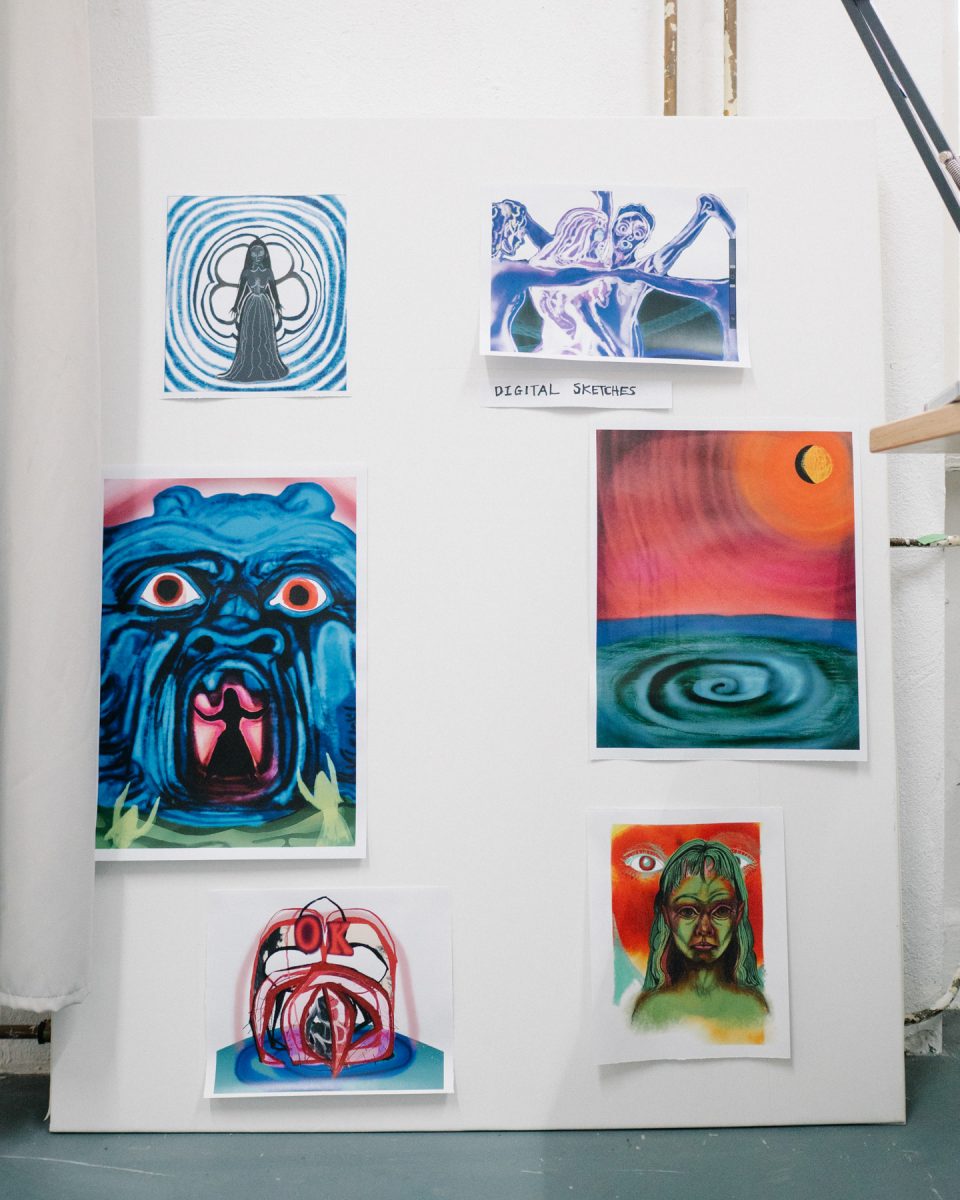
Your work draws inspiration from Indonesian women during the colonial era. How do you perceive their legacy within today’s Indonesian society? Are there aspects of this heritage you seek to bring to life in your art?
Indonesia is an incredibly diverse archipelago, making it impossible to define a single legacy. Within my own family, I carry multiple histories—my parents are from North Sumatra and North Sulawesi, and I was raised in Jakarta. This layered background shapes how I engage with Indonesia’s colonial past and its representations. In my work, I focus on the feminine aspect of this heritage by deconstructing colonial-era images of women that were once staged and exoticized. Through reassembling these figures, I allow them to “gaze back” as active subjects. My aim is to renew their perception through a playful visual language that invites engagement and offers new ways of relating to these often unexamined images.
Your works are visually rich and layered in meaning. Could you walk us through your creative process and how these intricate compositions come to life?
In my process I move between digital and traditional techniques and mediums. Sometimes I sketch digitally first and then develop the final work as a painting or drawing. Other times I sketch by hand and it ends up becoming a digital piece. I’ve always been inspired by graphic art, especially poster art, like the German Expressionist posters, or films from the 60s and 70s with their strong graphic look. I aim to bring that graphic feeling into my work.
There’s also a duality in my process that I try to capture in the final result, a kind of light and dark, a Yin and Yang balance. This is because I usually begin with an intention to make things look harmonious, but that’s never the final outcome. This initial, more polished stage can take me a long time to complete, but then comes a second phase where I deconstruct what I’ve done and push it toward something stranger. That second part is essential to my process, without it, I feel the work doesn’t reflect what I aim to convey.
Female figures in my work embody fragmented selves—both personal and archetypal—deconstructed and reassembled to exist between playfulness and unease, harmony and dissonance. It reflects how memory works: fragmented, overlapping, and never fixed. I think of it as a kind of psychic layering, where personal history, cultural memory, and collective archetypes intersect to form new meanings. Archival images often carry a heavy historical weight, but by restaging them, I try to let these figures return as active presences rather than passive subjects. This process of deconstruction and reconstruction, guided by intuition, becomes a way of expressing a fragmented self emerging through the work. It’s a broad, abstract idea, but psychology is part of what drives me—I try to capture that particular feeling and sensation in each piece.
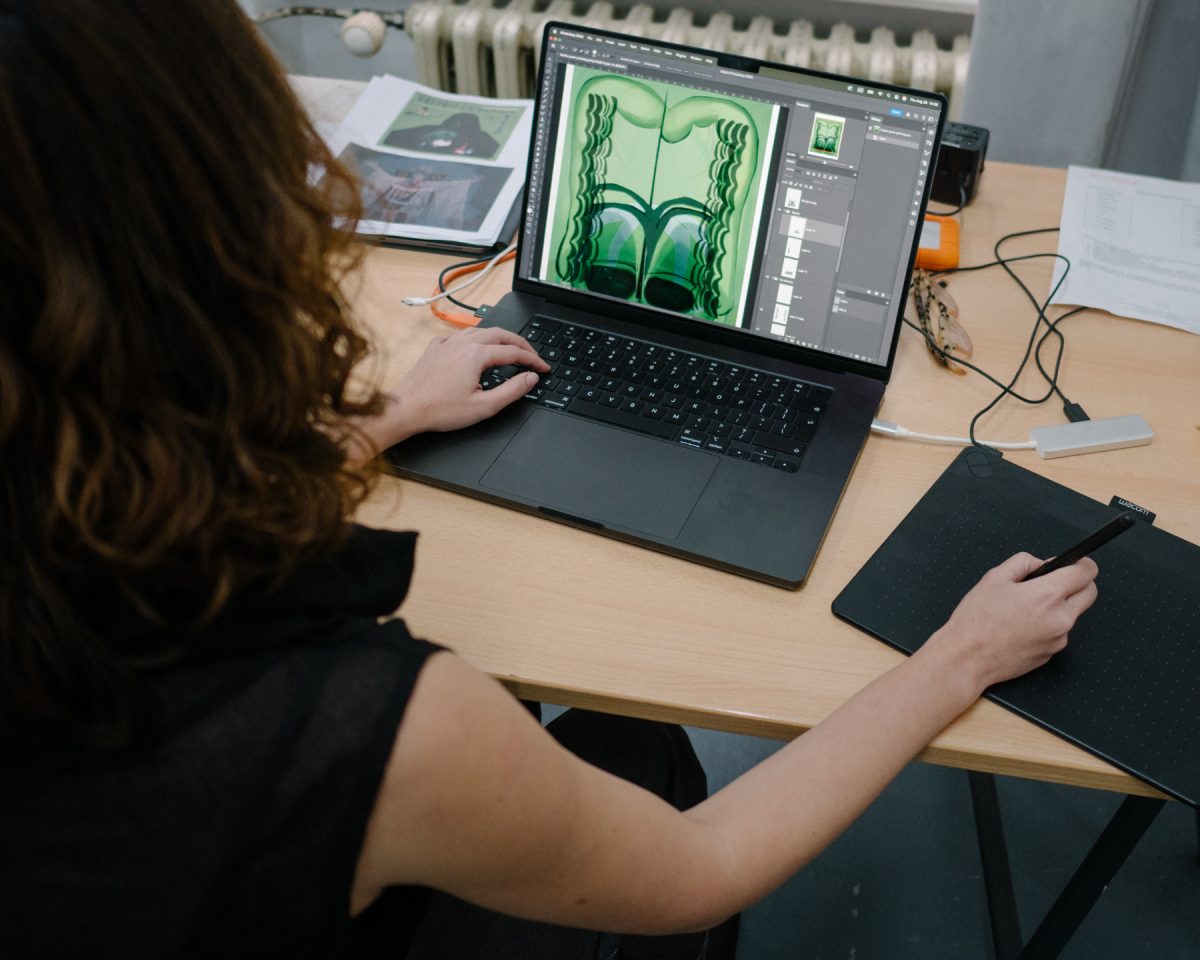
Interview Vanesa Angelino (@vaneangelino)
Photos Leon Lafay (@leonlafay)
